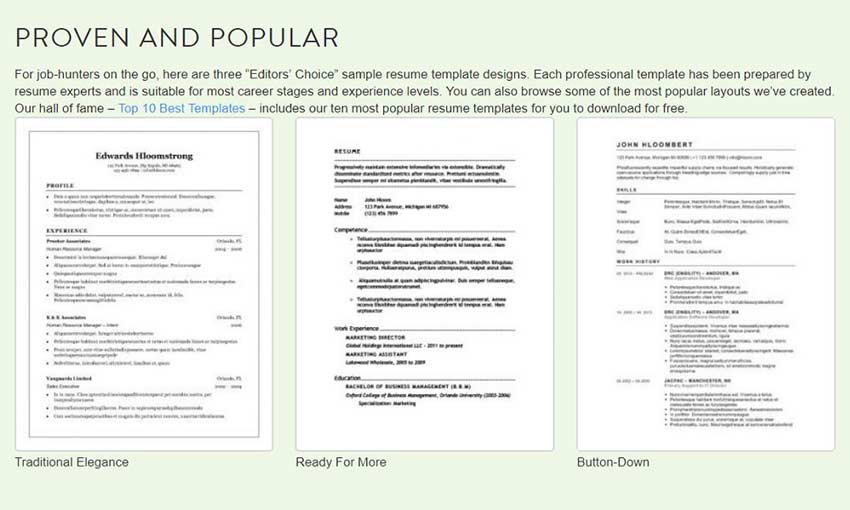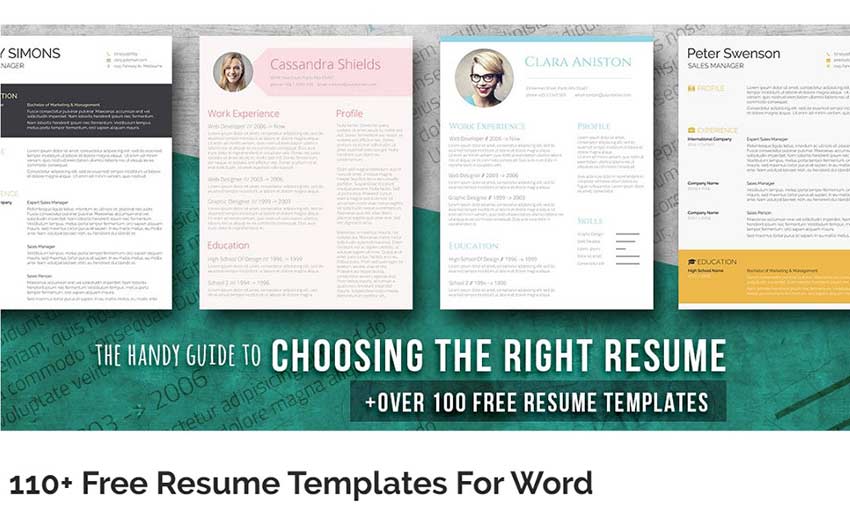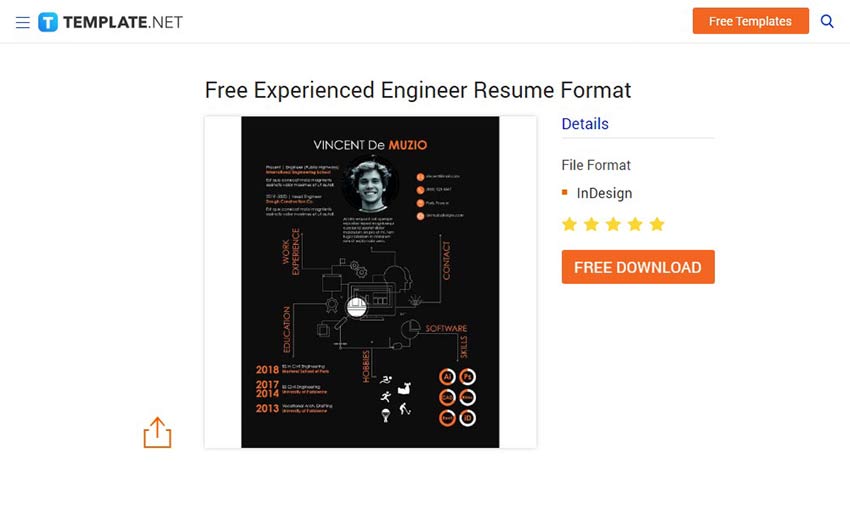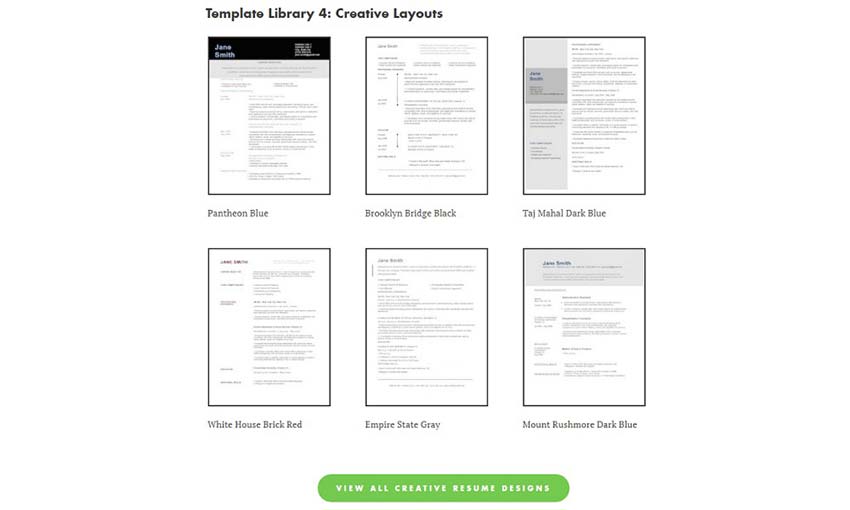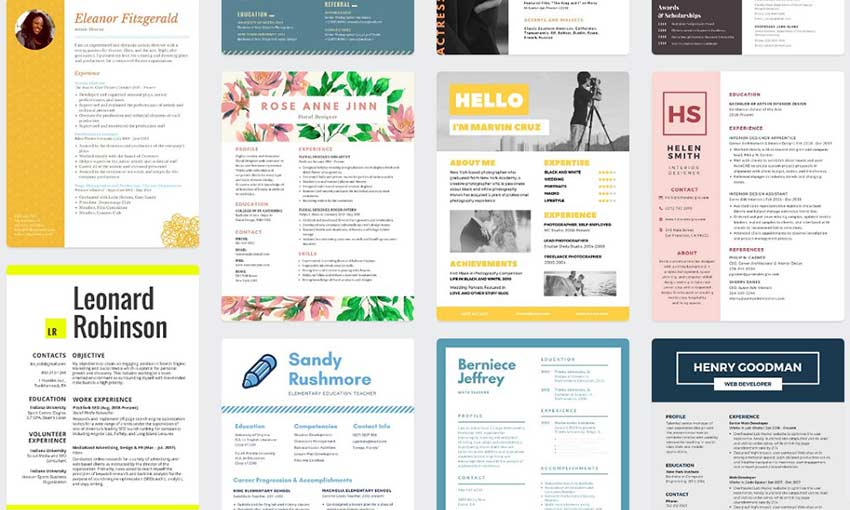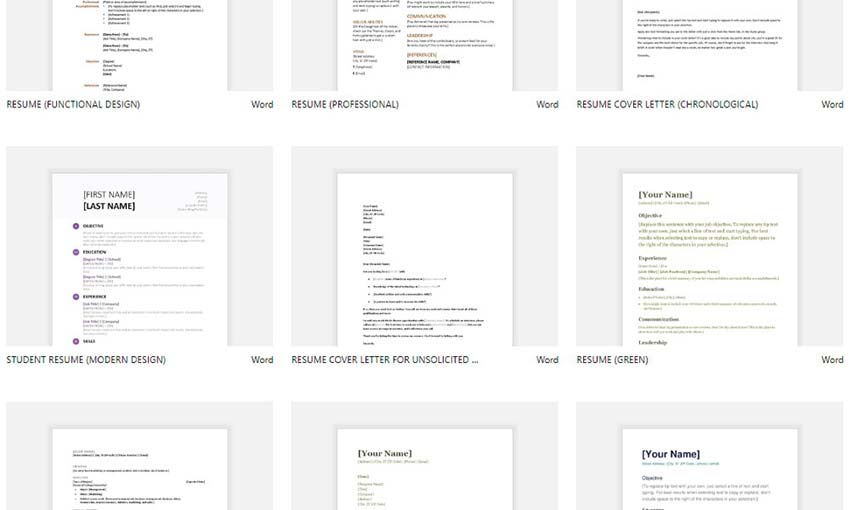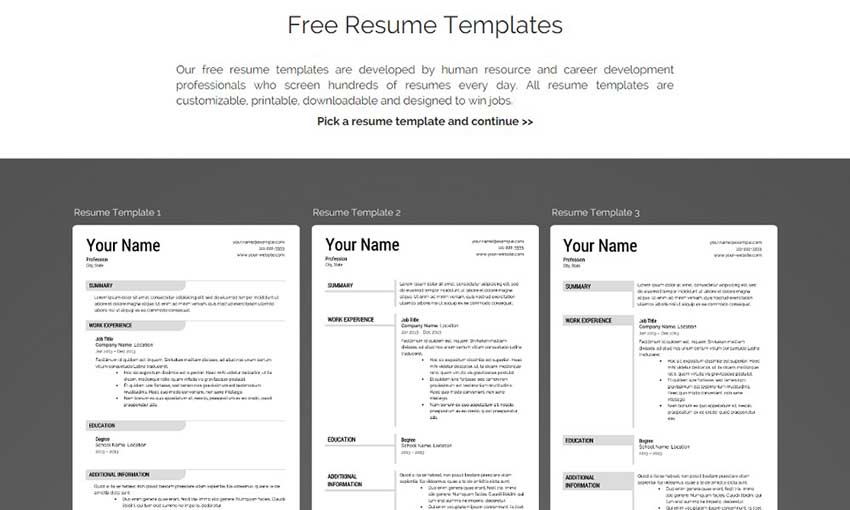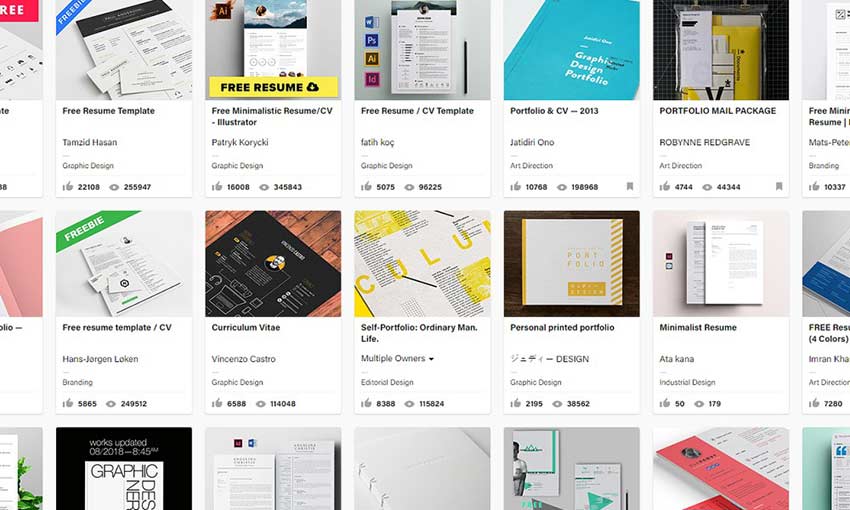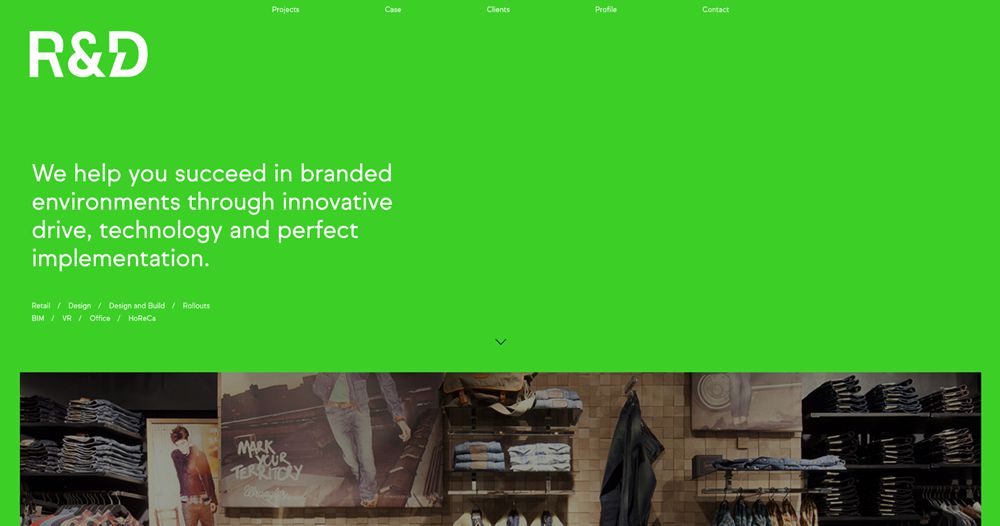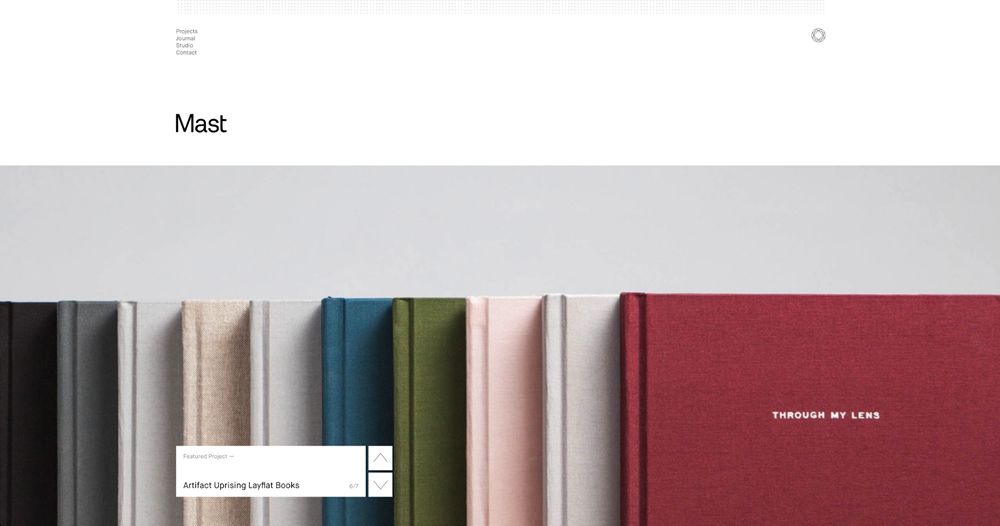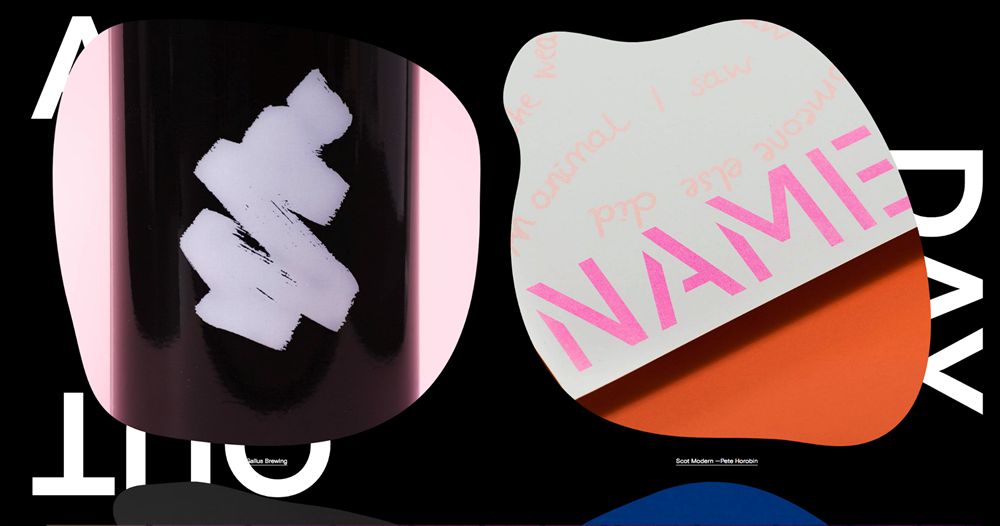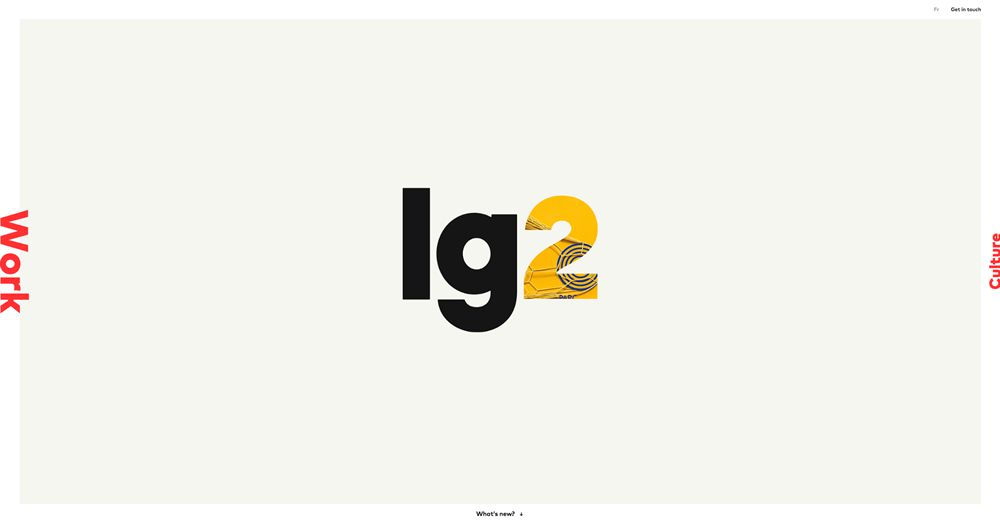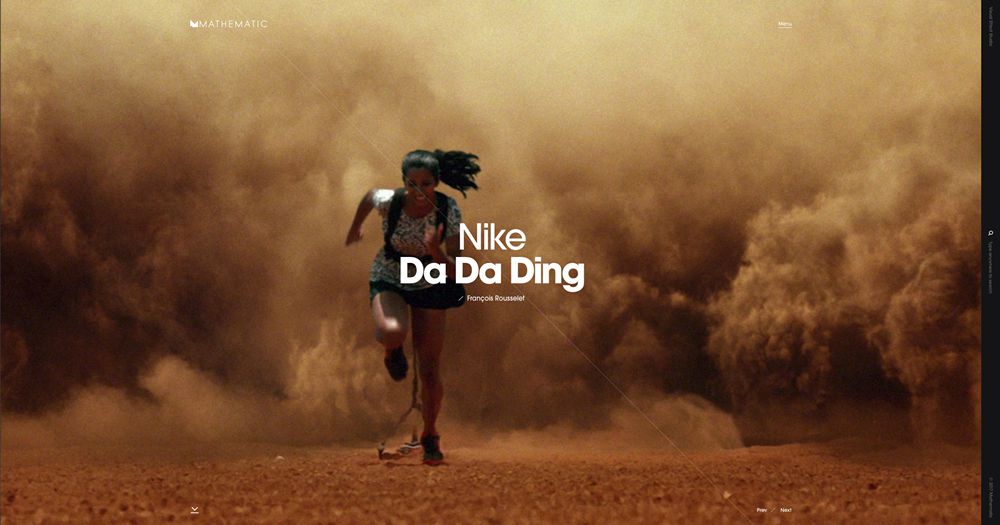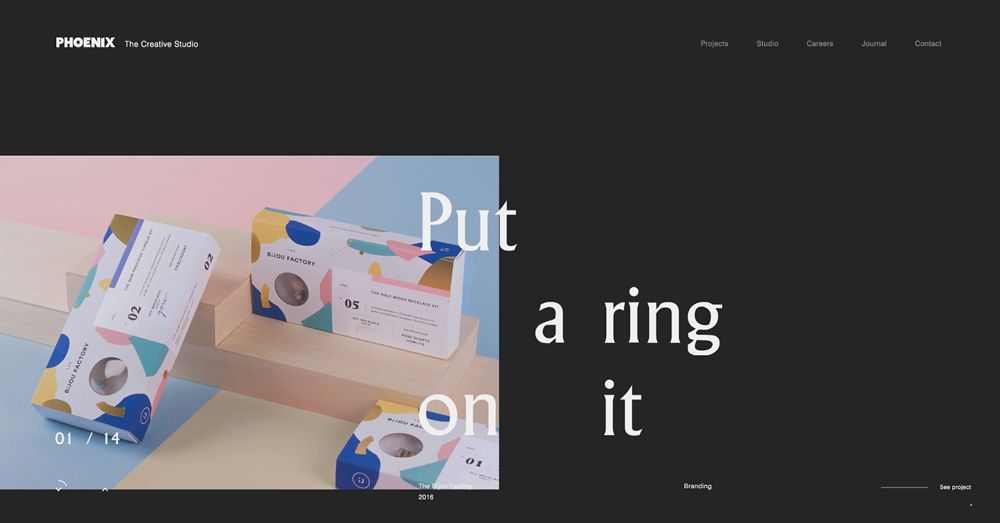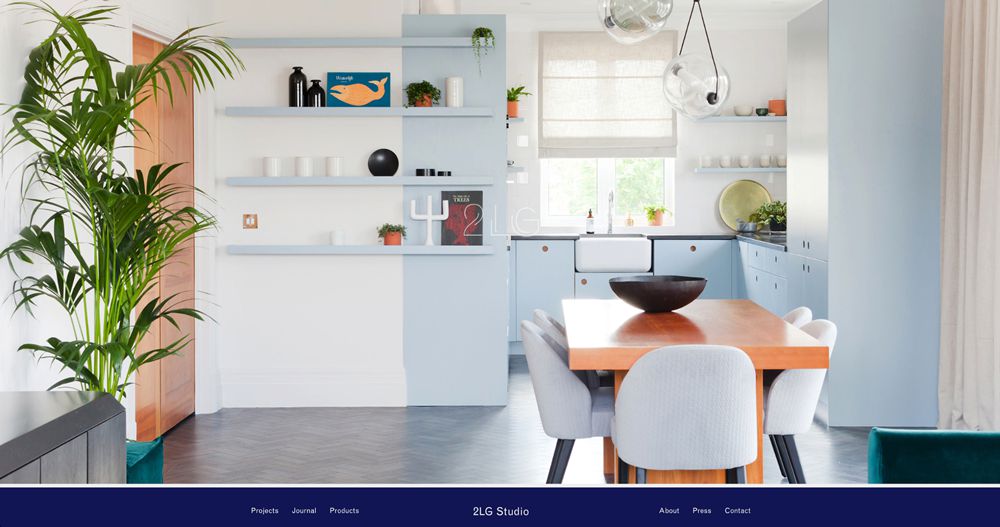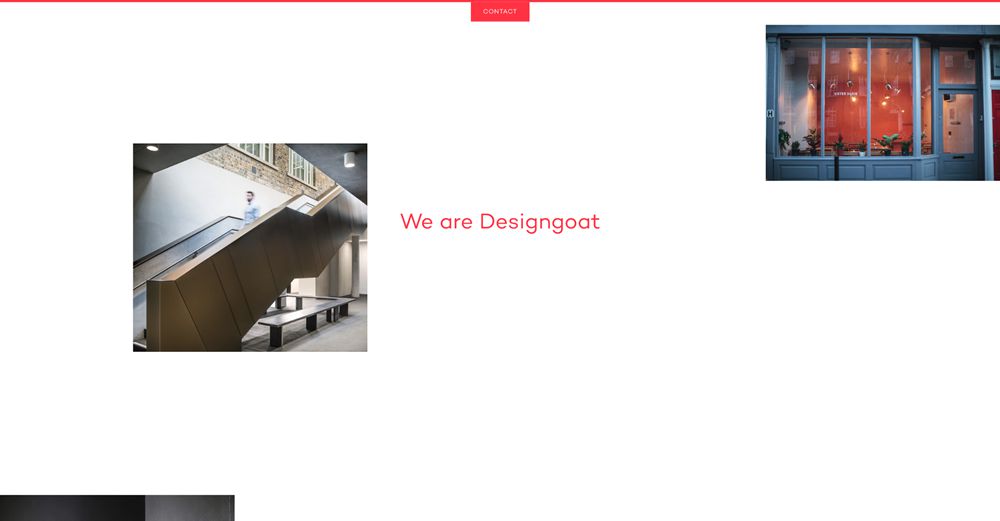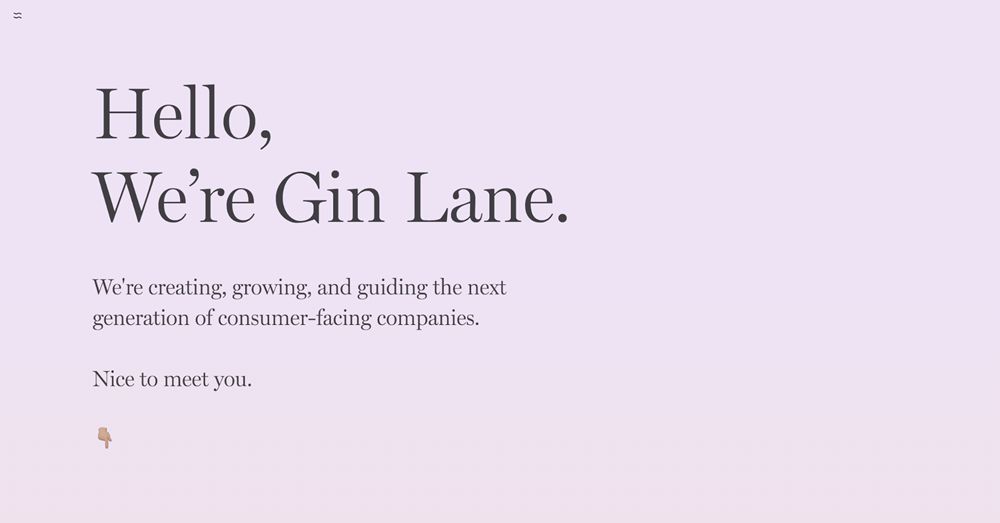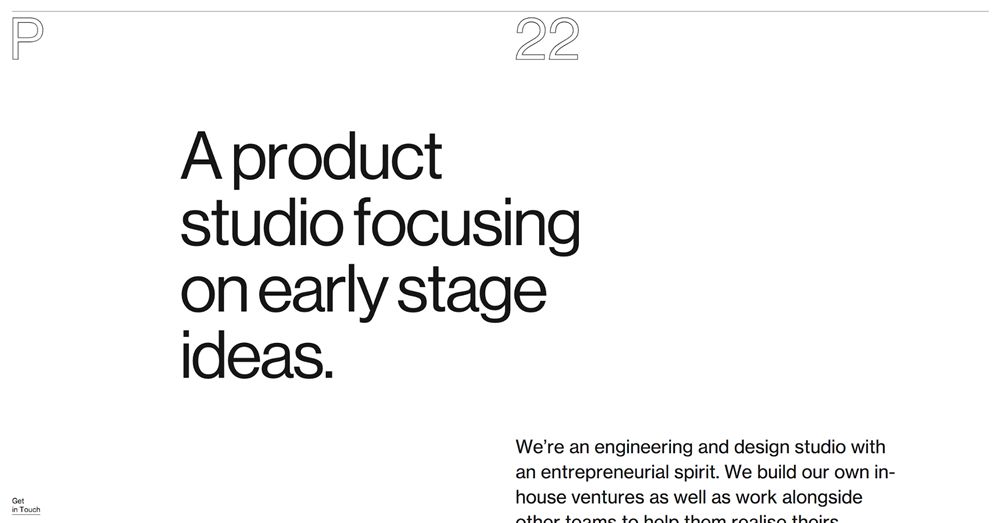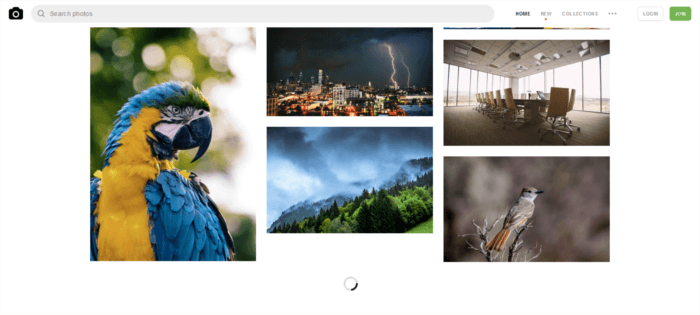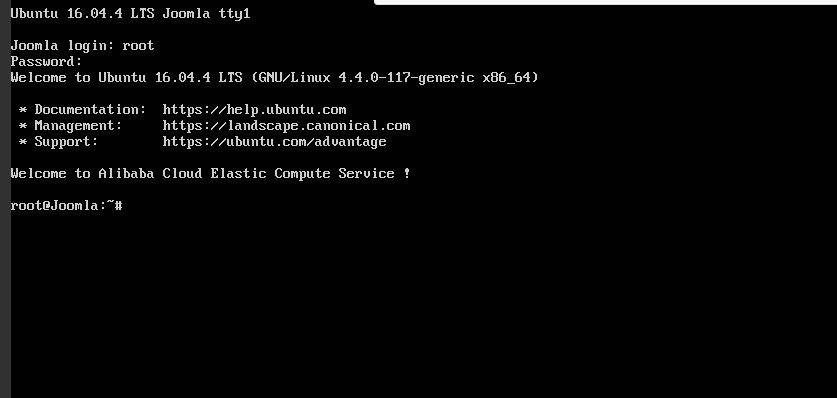Collective #466
Original Source: http://feedproxy.google.com/~r/tympanus/~3/bmgXFjDzO6I/

Inspirational Website of the Week: New Land TV
A fluid exhibition of motion with a timeless style. Our pick this week.
Get inspired

This content is sponsored via Syndicate Ads
Kickstart your next design project!
Tractiv is a FREE fitness app UI kit by Cody Brown that has everything you need to get a kickstart on your very own design and prototype.
Try it free

Wink
Wink is an Open-source, Laravel-based publishing platform carefully designed to only include what matters.
Check it out

Improve Animated GIF Performance With HTML5 Video
Ayo Isaiah shows how you can reduce the size of GIF content by up to 98% by using HTML5 video.
Read it

Layerscape
An amazing demo by André Mattos of a layered landscape.
Check it out

Fx
A command line JSON processing tool.
Check it out

Less Snake Oil, More Context
Surma’s article on treating performance advice always in a context.
Read it

Exploring Vim
Jaime González García invites us to join his quest of text editing enlightenment and learn vim fully.
Read it

Why the React community is missing the point about Web Components
Ben Halpern summarizes the current dialog surrounding Web Components. An interesting discussion follows.
Read it

Fashion concept
A fantastic scroll effect demo by Jesper Landberg.
Check it out

Making Sense of React Hooks
Dan Abramov shares his thoughts on React Hooks, the new experimental proposal to React.
Read it

Build a CRUD App in React with Hooks
In this tutorial, Tania Rascia creates a simple CRUD (create, read, update, delete) app that utilizes Hooks and no classes.
Check it out

#codevember – 6 – Web
Johan Karlsson’s demo for the #codevember “web” topic.
Check it out

Facon
A tiny utility that makes it easy to create nested DOM elements using template literals and extract references.
Check it out

A Netflix Web Performance Case Study
Addy Osmani describes how Time-To-Interactive was improved for Netflix.com on Desktop.
Read it

Jellyfish
A lovely jellyfish demo by Rafael Castro Couto.
Check it out

Inktober 2018
A compilation of Pixel-boy’s amazing Inktober illustrations from 2018.
Check it out

Building a Donut Chart with Vue and SVG
Solomone Baquis shows how to create a donut chart in Vue using SVG circles.
Read it

Teaching Functional Programming: Two Big Picture Approaches
An article by Ed Toro on two approaches for understanding the concept of Functional Programming.
Read it

Why I wrote 33 VSCode extensions and how I manage them
Fabio Spampinato shares his workflow when developing and managing VSCode extensions.
Read it

#codevember 7 lights
Robin Delaporte’s lights demo for #codevember.
Check it out

$stdout – Mess.css
Stdout raps about the daily grind of working as a programmer. This ode is to messy CSS.
Listen now
Collective #466 was written by Pedro Botelho and published on Codrops.






